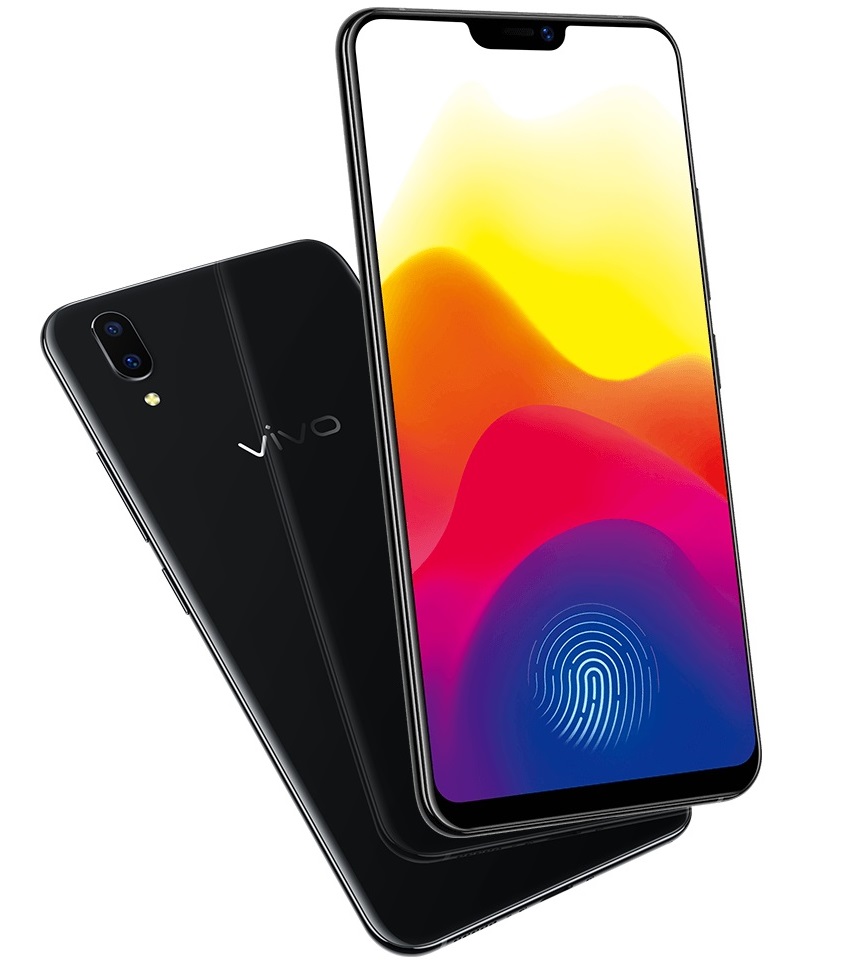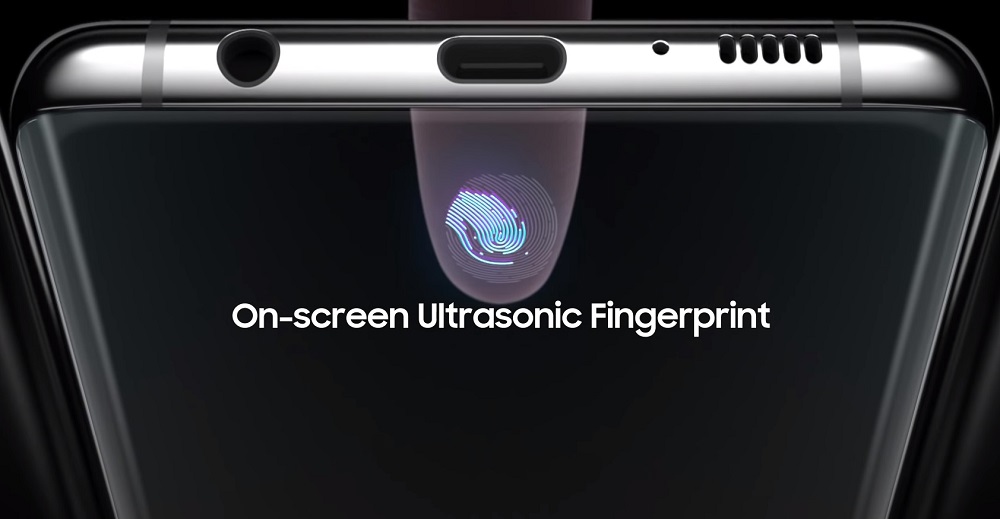How Do In-Display Fingerprint Scanners Work

Fingerprint scanning has become the most popular smartphone protection method. Today it is normal for people to turn to biometric authentication to secure their phones, even more so as phones are becoming more and more integral to our everyday lives.
Biometric authentication is your own biological code (fingerprints, iris, voice, facial recognition, etc). We implement it in our smartphones to make sure nobody else gains access to them. Even though pin codes, passwords, and patterns are still widely used, biometric authentication is evolving.
Some manufacturers have managed to build an in-display fingerprint scanner. It is a scanner inside your smartphone display that can recognize your fingerprint map. The only difference is that it’s not on the surface of the telephone. Instead, it is below. But how does it work?
How Do In-Display Fingerprint Scanners Work?
There are three main types of fingerprint scanners – optical, ultrasonic, and capacitive. However, only the first two are used in-display. In this section, we will examine their inner workings.
1. Optical Scanner
Optical sensors are the oldest type of sensors. They operate in a way that’s similar to taking a picture. Namely, the sensor captures the optical image (a photograph) and with the help of an algorithm detects the unique structure, surface, and contours. Based on this saved image, it can replicate the object and recognize it again.
The better the resolution of the scanner, the clearer the fingerprint will be. This type of scanner is two-dimensional and therefore easier to trick. Prosthetics, high-definition images, and other methods can fool the algorithm and give somebody access to your data. These types of scanners are not used so much anymore, although they are returning in some form with the growing popularity of in-display fingerprint scanners.
How Do Optical In-Display Scanners Work?
An optical sensor is embedded under the display of your smartphone. It uses optical methods to capture your unique fingerprint ID. Synaptics developed the ‘Clear ID’ sensor – the first optical in-display sensor, which was incorporated into the Vivo X20 smartphone.
This telephone has OLED panels which are the only way these scanners can work properly. When you put your finger on the display, the sensor will capture an image and unlock your device. So, if you put your finger on an OLED display, the light will shine over your fingerprint and capture a clear, high-resolution image of it.
The algorithm then looks at all the light and dark part of your finger and compares the images before it agrees to unlock your device.

2. Ultrasonic Scanner
Ultrasonic scanning is the latest technology in fingerprint scanning. As the name suggests, it uses an ultrasonic transmitter and an ultrasonic receiver to create scans that are impossible to duplicate.
When you press your finger onto this scanner, an ultrasonic pulse transmits against it. A part of it bounces back to the sensor, but the other part remains in your pores, lines, and other distinctive features of your fingerprint.
Since this gives you a 3D image of your fingerprint, it is the most secure of the three methods.
How Do Ultrasonic In-Display Scanners Work?
Ultrasonic scanners are still a work-in-progress as its implementation has started only recently. The Samsung Galaxy S10 and Galaxy S10 Plus both have ultrasonic in-display fingerprint sensors. They are still not perfect as there are many things that can prevent them from working.
Since the scanner is embedded under the display, the ultrasonic waves need to go through a lot of layers. They have to move through the backplane of the display, then through glass, and in the end your screen protection before they finally arrive at your finger.
That’s why the function works well only when the screen is thin, and when there isn’t any protection. With some improvements in the future, we should see ultrasonic scanners become widely-used. They are the most reliable form of security after all.

A Note About Capacitive Scanners
Besides the two mentioned types, there are also capacitive scanners. They are considered the most secure and most popular among smartphone users. Unlike ultrasonic and optical, capacitive scanners aren’t in-display. They require a direct touch of your finger, without any obstacles like glass in between.
They use a piece of electronics called capacitor to scan fingerprint data. When you place your finger on the scanner, it will charge and track your fingerprint map.
If the smartphone has enough capacitors, you will get a high definition scan that is hard to trick. That is why it’s considered the safest. Capacitive scanners are used in some of the more recent smartphone models. You will find them embedded in the home button of an iPhone, or on the back side of some phones.
Pros and Cons of In-Display Scanners
In-display sensors look great. They are also thin and blend in nicely with the modern, slim smartphone design. These scanners are also conveniently placed in the front of the device, so you can access them easily.
On the negative side, if you have any thicker screen protection, there is a chance that they could malfunction. Also, they take a bit longer to unlock compared to regular sensors. However, as the technology becomes more popular and more smartphone manufacturers decide to incorporate it, we should see major improvements in this regard.




















